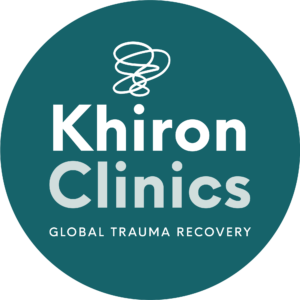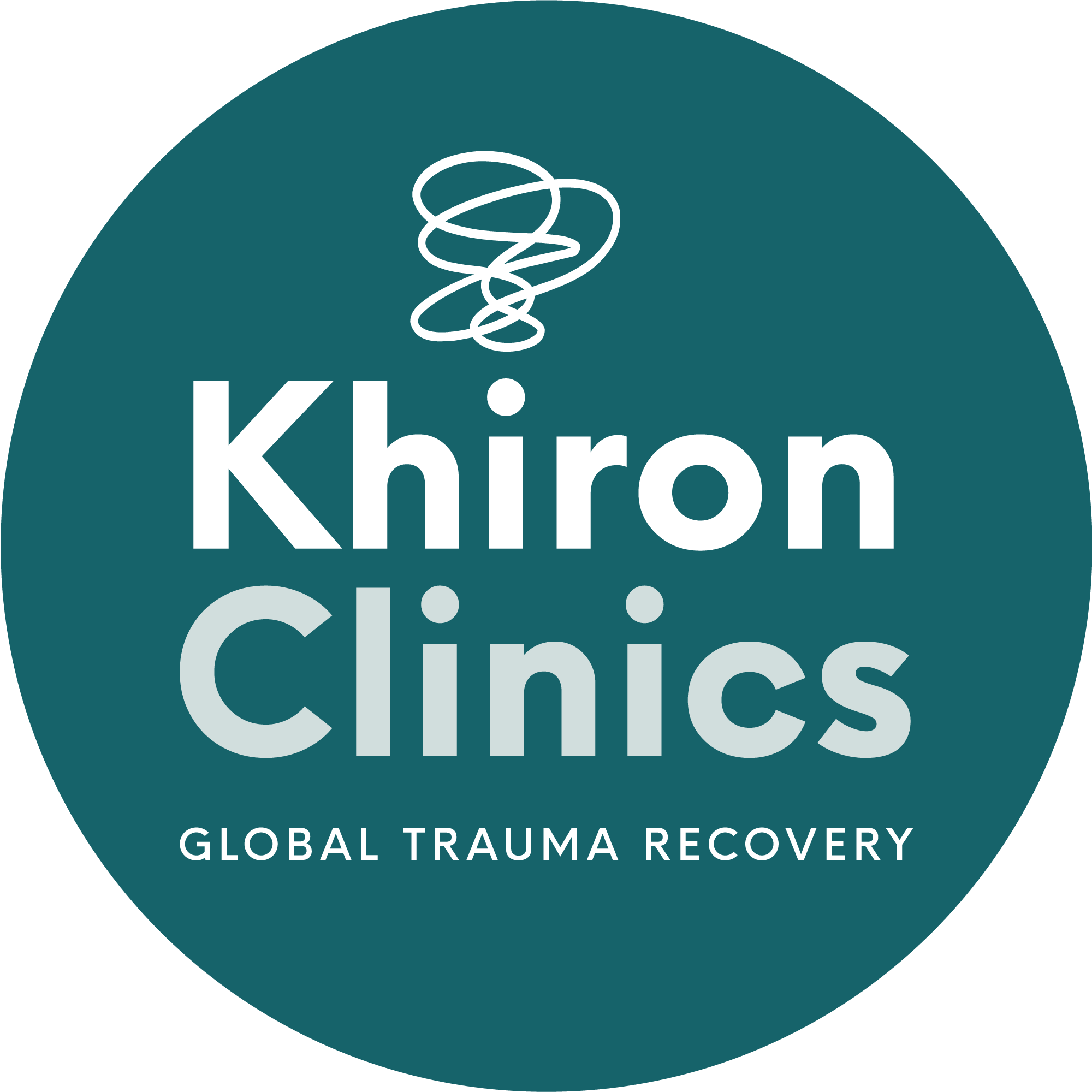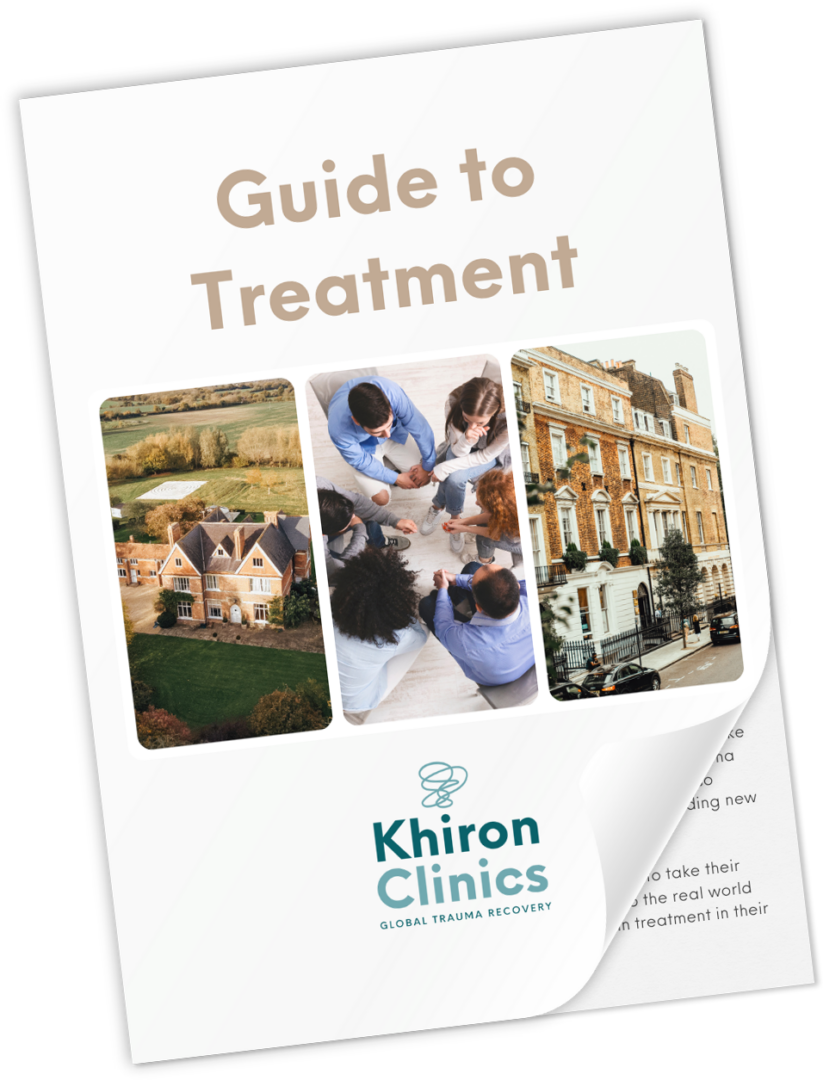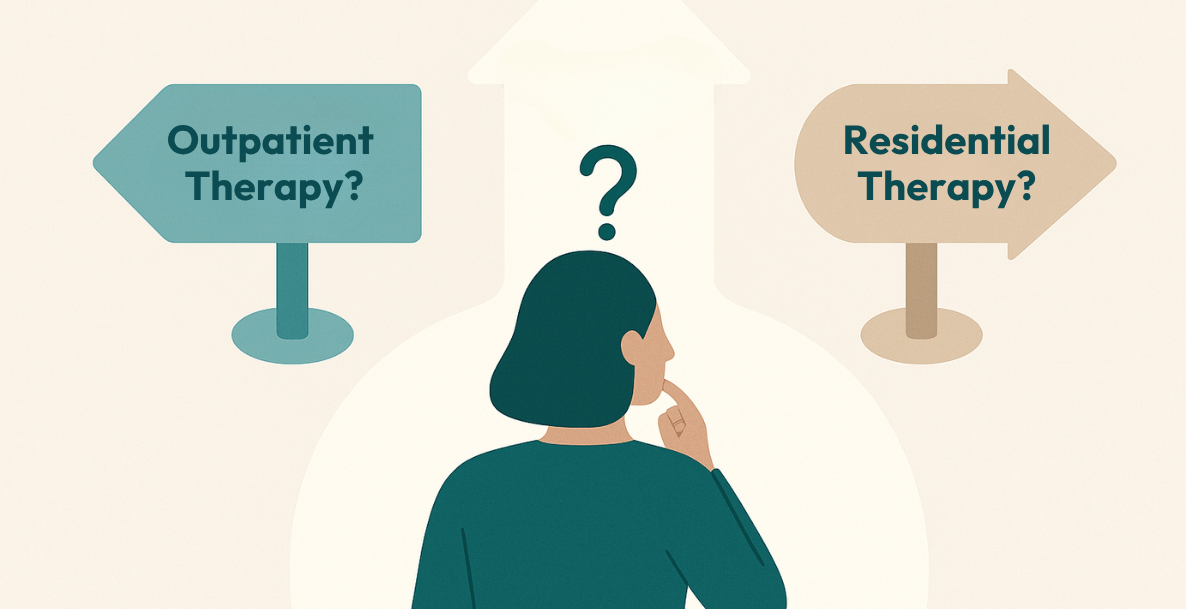The Polyvagal Theory has significantly influenced therapeutic landscapes, transforming our understanding of the autonomic nervous system’s role in human well-being and highlighting the pivotal role that the vagus nerve plays in regulating our responses to stress and social interactions.
In therapeutic contexts, the polyvagal theory has provided a profound framework for understanding trauma and its effects on the body and mind. Therapists have integrated this theory into their practices, helping clients develop a deeper awareness of their physiological responses to stress and trauma. By identifying the “fight-flight-freeze” responses and the importance of the social engagement system, therapists can tailor their interventions to promote healing and resilience in the safest, most effective manner.
The polyvagal theory has found application in various therapeutic modalities, including trauma therapy, mindfulness practices, and somatic experiencing. It has bolstered the development of trauma-informed care, emphasising safety, trust, and connection in the therapeutic relationship.
Polyvagal Theory in Clinical Practice
Incorporating a polyvagal perspective into clinical practice explicitly acknowledges the integral role of the autonomic nervous system (ANS) in therapy. This approach supports clients in reconfiguring their nervous systems, enhancing their regulatory capacities, and establishing pathways for autonomic connection and safety. Dr. Stephen Porges suggests that even in challenging circumstances, mind-body methods, such as deep breathing, posture adjustment, and vocalisation, can guide individuals towards a state of mental and physical calmness, safety and serenity.
How Has Polyvagal Theory Informed Therapy?
Polyvagal theory has informed therapy by deepening our understanding of the mind-body connection, trauma, and emotional regulation. It has improved therapeutic outcomes by offering targeted interventions, creating trauma-informed care environments, and empowering clients to take an active role in their healing journey. Therapists are increasingly incorporating this theory into their practices, enhancing their ability to support clients in achieving mental and emotional well-being.
Targeted Interventions
Polyvagal Theory offers therapists a nuanced understanding of the nervous system’s responses, allowing for more targeted interventions. Therapists can tailor their approaches to activate the parasympathetic nervous system, promoting relaxation and reducing anxiety.1 For instance, techniques like deep breathing, mindfulness, and progressive muscle relaxation can be employed to foster a state of calm.
Trauma-Informed Care
Polyvagal theory has contributed to the development of trauma-informed care, transforming how therapy is delivered. Trauma-informed therapists prioritise safety, trust, and connection in the therapeutic relationship, recognising that clients may have experienced various forms of trauma, which influence their engagement with traditional therapeutic approaches. This creates a more supportive and healing environment.
Social Engagement and Connection
Polyvagal Theory highlights the importance of the social engagement system in building connections and fostering feelings of safety. Therapists use this knowledge to help clients with social anxiety or attachment issues by creating an environment where clients can activate their social engagement system and develop stronger social bonds.1
Empowerment and Education
Polyvagal theory empowers clients by helping them understand the physiological basis of their emotions and behaviours. Clients can gain insight into how their nervous system operates and how it affects their mental and physical health. This knowledge can be motivating and encouraging for clients in their therapeutic journey.
Holistic Approach
Polyvagal Theory encourages a holistic approach to therapy, considering not only the cognitive and emotional aspects but also the physiological responses of the nervous system. This comprehensive perspective enables therapists to address the mind-body connection, promoting overall well-being.
Integration with Various Therapies
Therapists have integrated Polyvagal Theory into a variety of therapeutic modalities, such as cognitive-behavioural therapy, somatic experiencing, and dialectical behaviour therapy. It enhances the effectiveness of these approaches by addressing the nervous system’s role in emotional regulation.
Personalised Treatment Plans
Therapists can develop personalised treatment plans by considering each client’s unique autonomic nervous system responses. This individualised approach can lead to more effective and tailored therapy.
Polyvagal Theory and Trauma
One of the most significant contributions of polyvagal theory to therapy is its emphasis on understanding trauma. It provides a framework to understand how traumatic experiences can dysregulate the ANS, leading to emotional and physiological responses that impact
mental health. Therapists can better address trauma by recognising the role of the nervous system in shaping these responses.
Trauma is a complex and wide-ranging experience and is now recognised as subjective. What may be traumatic for one person may not be for another. Research indicates that individuals who have experienced multiple traumas face increased risks of various health issues, including chronic pain, heart disease, depression, anxiety, and obesity. These health problems are partly linked to compounded stress, the release of stress hormones such as adrenaline and cortisol, and trauma’s impact on the central nervous system, which is responsible for fundamental functions like digestion, breathing, and blood circulation.
Polyvagal theory comes into play as it helps us understand the physiological responses to trauma. When trauma disrupts the functioning of the ANS, particularly the vagus nerve responsible for communication between the brain and vital systems, a range of issues arise. A dysregulated ANS constantly searches for threats, resulting in physical and emotional symptoms. Conditions like digestive disorders, autoimmune diseases, chronic fatigue, and psychological problems such as depression, anxiety, PTSD, and substance use disorders are often linked to trauma or chronic stress. The connections that polyvagal theory has highlighted, between the physical and psychological are vital for effective, targeted therapeutic support for those who have experienced trauma. Physical sensations are no longer seen as separate, unrelated, or coincidental responses to trauma.1
Moreover, polyvagal theory has helped inform approaches to hypervigilance and triggers. It is better understood that trauma can cause the ANS to become over-protective. This need for protection often replaces the desire for connection, making relationships challenging and loneliness more common. A key polyvagal-informed insight for those working with traumatised people is that the ANS responds not only to a person’s immediate environment but also to past life events. Polyvagal theory helps therapists to recognise shifts in behaviour, tone, body language and other markers signifying a shift in nervous system activation.
Polyvagal Theory has revolutionised therapeutic landscapes by deepening our understanding of the mind-body connection, trauma, and emotional regulation. It has highlighted the importance of the social engagement system and empowered clients through neuroception awareness. Ultimately, polyvagal theory enhances therapy outcomes, offering more targeted, holistic, and effective support.
“If you want to improve the world, start by making people feel safer.” ― Stephen Porges
Endnotes
- Porges, S. W., & Dana, D. (2018). Clinical applications of the polyvagal theory: The emergence of polyvagal-informed therapies. W W Norton and Company.
- Sullivan, M.B. et al. (2018) ‘Yoga Therapy and Polyvagal Theory: The Convergence of Traditional Wisdom and Contemporary Neuroscience for Self-Regulation and Resilience’, Frontiers in human neuroscience, 12, pp. 67–67. Available at: https://doi.org/10.3389/fnhum.2018.00067.







